Online Class: Caring for Patients with HIV/AIDS

no certificate
with CEU Certificate*
-
11Lessons
-
17Exams &
Assignments -
5Hours
average time -
0.5CEUs
Course Description
This comprehensive course, "Compassionate Care for HIV/AIDS Patients," is a vital resource for anyone looking to provide effective and empathetic care to individuals living with HIV/AIDS. While it is true that there is currently no cure for HIV/AIDS, understanding the condition deeply and knowing the right caregiving techniques can significantly enhance the quality of life for those affected. This course is meticulously designed to equip caregivers, be they family members or professionals, with the essential knowledge and skills needed to provide holistic care.
Course Structure and Content:
Lesson 1: Understanding HIV and AIDS This foundational lesson provides a thorough introduction to HIV and AIDS, covering how the virus is contracted, the progression of the disease, and common symptoms. Updated statistics from sources like the World Health Organization and the Centers for Disease Control and Prevention will be presented to give an accurate picture of the current global and local landscapes of HIV/AIDS.
Lesson 2: Emotional Experience and Coping for the Patient Here, we delve into the psychological impact of living with HIV/AIDS. The lesson will explore coping strategies, mental health concerns, and the importance of emotional support, drawing on contemporary psychological studies and patient testimonies.
Lesson 3: HIV and AIDS Care in the Home Focusing on home care, this lesson addresses the practical aspects of caring for someone with HIV/AIDS. It includes guidance on creating a comfortable home environment and adapting to the daily needs of the patient.
Lesson 4: Preparation for Caregivers and Patients Preparation is key in caregiving. This lesson offers advice on collaborating with healthcare professionals, organizing medical information, and preparing for the caregiving journey, both emotionally and practically.
Lesson 5: Basics of Giving Care Covering the fundamentals of caregiving, this lesson provides practical tips on assisting with daily activities, medication management, and maintaining the patient's independence as much as possible.
Lesson 6: Nutrition and HIV Nutrition plays a crucial role in the health of HIV/AIDS patients. This lesson will cover dietary needs, managing appetite loss, and preventing weight loss, with input from nutritional experts specializing in HIV/AIDS.
Lesson 7: Guarding Against Infections Protecting both the patient and the caregiver from infections is vital. This lesson teaches infection control practices, including hygiene and safe physical interactions.
Lesson 8: Tools to Protect Yourself Focusing on the caregiver's safety, this lesson provides insights into personal protective equipment, understanding potential risks, and maintaining a healthy environment for both the patient and the caregiver.
Lesson 9: Understanding Pain in HIV and AIDS Patients Pain management is a critical aspect of care. This lesson explores the types of pain associated with HIV/AIDS and effective pain management strategies.
Lesson 10: Progression of AIDS and Finding Support As the disease progresses, care needs intensify. This lesson offers guidance on managing advanced symptoms, accessing palliative care, and finding emotional and practical support for both the patient and the caregiver.
Lesson 11: Coping and Final Arrangements The final lesson addresses the emotional aspects of coping with the advanced stages of AIDS, including preparing for end-of-life care and making final arrangements.
Why Enroll in This Course?
-
Comprehensive and Updated Information: The course content is regularly updated with the latest data and research findings, ensuring that you are learning the most current and relevant information.
-
Practical Guidance: Beyond theoretical knowledge, this course emphasizes practical skills and real-world applications, preparing you for the day-to-day realities of caring for someone with HIV/AIDS.
-
Emotional Support and Coping Strategies: Recognizing the emotional toll of caregiving, the course offers strategies for managing stress, finding support, and maintaining the mental health of both the caregiver and the patient.
-
Flexibility and Accessibility: Designed for busy individuals, the course offers flexible learning options, allowing you to learn at your own pace and in your own space.
Conclusion:
This is an essential course for anyone involved in the care of individuals living with HIV/AIDS. Whether you are a family member, friend, or professional caregiver, this course will provide you with the knowledge, skills, and support needed to make a positive difference in the lives of those affected by HIV/AIDS. Join us to become an informed, compassionate, and effective caregiver in this challenging yet rewarding field.
- Completely Online
- Self-Paced
- 6 Months to Complete
- 24/7 Availability
- Start Anytime
- PC & Mac Compatible
- Android & iOS Friendly
- Accredited CEUs
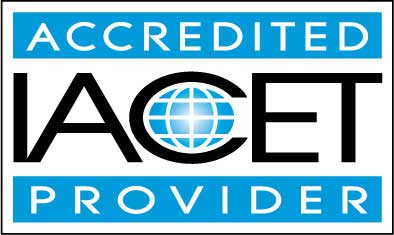
Course Lessons
Lesson 1. HIV and AIDS: Essential Knowledge for Safe Caregiving
HIV is a virus that can lead to AIDS, marked by a weakened immune system and susceptibility to opportunistic infections like pneumonia and certain cancers. Preventing transmission involves safe sex practices, careful management of blood exposure, and understanding the limitations of testing, such as the window period.Lesson 2. The Complex Emotions of an HIV Diagnosis
Children living with HIV can better cope with the virus compared to adults, yet they still face emotional challenges and social stigma. It is crucial that they receive support from mental health services to navigate these challenges successfully.Lesson 3. Managing HIV in the Home: Challenges and Solutions
Providing home-based care to HIV/AIDS patients requires resources that many families struggle to afford, highlighting the importance of outside support from organizations and community groups. Effective care includes meeting daily living needs and alleviating emotional and physical burdens through shared responsibilities.Lesson 4. Effective Communication: Navigating Conversations with Healthcare and Legal Professionals
Discussion with healthcare and legal professionals is crucial for understanding patient care needs and navigating logistical challenges like insurance and bills. Always gather comprehensive information about the patient's medications and emergency protocols to ensure preparedness.Lesson 5. Caregiver's Guide to Exercise and Breath Support
Providing unwavering support involves both managing home comfort and ensuring the patient's needs are easily within reach, making everyday life more manageable. Regular massages offer therapeutic benefits, presenting both physical relief and emotional comfort during challenging times.Lesson 6. Body Transformations in HIV
Managing HIV-related body changes involves balancing caloric intake and understanding specific nutritional needs, including possibly increasing calorie consumption. Patients benefit from professional assessment to tailor their diet and manage symptoms such as lipodystrophy.Lesson 7. Protective Practices in HIV Caregiving
HIV patients need careful protection from infections due to weakened immune systems, emphasizing hand hygiene, covering sores, and vaccine up-to-date caregivers. Avoid direct contact with those who are sick or contagious ailments like chickenpox, ensuring a sanitized environment by proper cleaning practices and personal hygiene item precautions.Lesson 8. Strategies for Germ-Free Caregiving
By recognizing the risks linked with patient contact and the importance of protective gear, caretakers can shield themselves from infections through diligent use of gloves and immediate sanitation of contaminated areas. Secure disposal of sharps in dedicated containers proves vital in maintaining a safe caregiving environment.Lesson 9. Navigating Patient Pain: From Assessment to Treatment
Understanding the varied pain experienced by AIDS patients, such as headaches and neuropathic pain, involves direct communication with patients about their symptoms' characteristics. WHO's Pain Reliever Ladder guides the use of medications from non-opioids to opioids in a stepwise fashion, ensuring regular intervals and proper administration.Lesson 10. AIDS Progression: Understanding and Assisting
In the final stages of AIDS, patients may experience increased sleep, confusion, loss of control, and changes in skin and sensory functions. Caretakers can assist by providing gentle reminders, maintaining hygiene, and ensuring comfort without using potentially harmful heat sources like electric blankets.Lesson 11. Understanding Grief and Support for Friends and Families Affected by HIV/AIDS
Mourning after the loss of a loved one to AIDS involves various levels of grief, where avoidant coping might worsen the sorrow. Embracing adaptive coping strategies, which include seeking support and fostering communication, can help manage grief healthily.
Learning Outcomes
- Define the differences between HIV and AIDS, including types and impact on the immune system.
- Identify and describe common transmission methods and effective prevention strategies for HIV.
- Identify the challenges faced by mothers with HIV in making informed decisions about breastfeeding and demonstrate how to support their decision-making process.
- Recognize the emotional stages experienced by patients diagnosed with HIV and describe strategies for providing effective emotional support.
- Identify possible sources of support, including family, friends, organizations, and healthcare professionals, for home-based HIV/AIDS care.
- Recognize the various symptoms of AIDS/HIV that necessitate home care assistance for patients.
- Demonstrate the ability to gather and organize critical information about the patient’s medication and behavior changes, and identify emergency contact protocols for timely assistance.
- Recognize the key characteristics and roles of various healthcare professionals involved in patient care and describe the importance of legal consultation in healthcare decisions.
- Identify techniques to prevent bedsores and demonstrate proficiency in repositioning a bedbound patient safely and comfortably.
- Recognize the importance of maintaining a patient's independence and describe strategies to support their autonomy while providing care.
- Describe how HIV and AIDS impact body composition, focusing on muscle loss and fat redistribution, due to both the disease and its medications.
- Identify the benefits and risks of various nutritional interventions for HIV patients, emphasizing the importance of consulting healthcare professionals for personalized guidance.
- Recognize the importance of frequent handwashing to prevent infection transmission to HIV patients.
- Demonstrate mastery of lesson content at levels of 70% or higher.
Additional Course Information

- Document Your Lifelong Learning Achievements
- Earn an Official Certificate Documenting Course Hours and CEUs
- Verify Your Certificate with a Unique Serial Number Online
- View and Share Your Certificate Online or Download/Print as PDF
- Display Your Certificate on Your Resume and Promote Your Achievements Using Social Media

Choose Your Subscription Plan
No Certificate / No CEUs
This course only
| Includes certificate | X |
| Includes CEUs | X |
| Self-paced |

|
| Instructor support |

|
| Time to complete | 6 months |
| No. of courses | 1 course |
Certificate & CEUs
This course only
| Includes certificate |

|
| Includes CEUs |

|
| Self-paced |

|
| Instructor support |

|
| Time to complete | 6 months |
| No. of courses | 1 course |
Certificates & CEUs
Includes all 600+ courses
| Includes certificate |

|
| Includes CEUs |

|
| Self-paced |

|
| Instructor support |

|
| Time to complete | 12 Months |
| No. of courses | 600+ |
Certificates & CEUs
Includes all 600+ courses
| Includes certificate |

|
| Includes CEUs |

|
| Self-paced |

|
| Instructor support |

|
| Time to complete | 24 Months |
| No. of courses | 600+ |
Related Courses
-
 74 hours
7.4 CEUs
Medical Billing and Coding Course Bundle
+ More Info
74 hours
7.4 CEUs
Medical Billing and Coding Course Bundle
+ More Info
-
 18 hours
1.8 CEUs
Medical Terminology 101
+ More Info
18 hours
1.8 CEUs
Medical Terminology 101
+ More Info
-
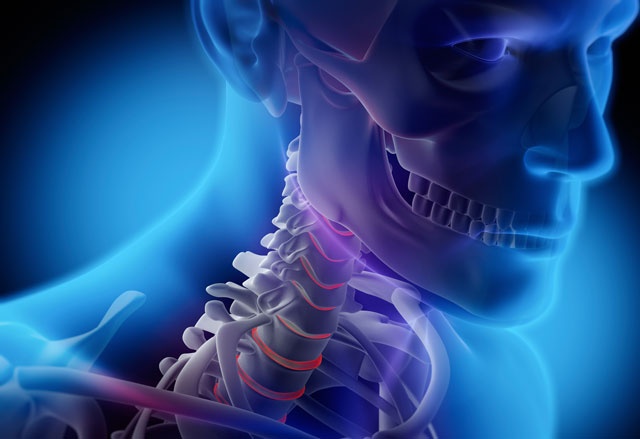 22 hours
2.2 CEUs
Anatomy and Physiology 101
+ More Info
22 hours
2.2 CEUs
Anatomy and Physiology 101
+ More Info
-
 7 hours
0.7 CEUs
Alzheimer's Disease 101
+ More Info
7 hours
0.7 CEUs
Alzheimer's Disease 101
+ More Info
-
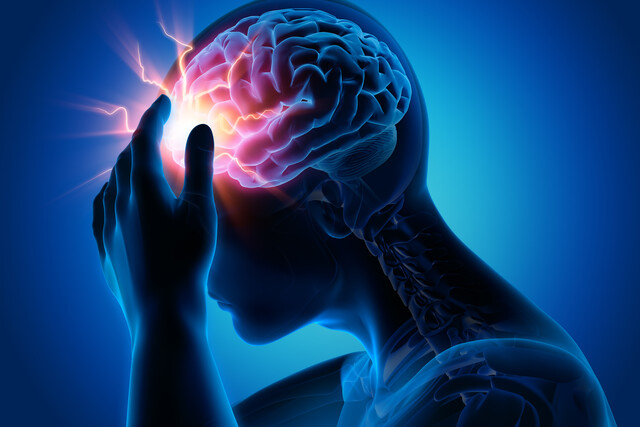 7 hours
0.7 CEUs
Understanding Concussions
+ More Info
7 hours
0.7 CEUs
Understanding Concussions
+ More Info
-
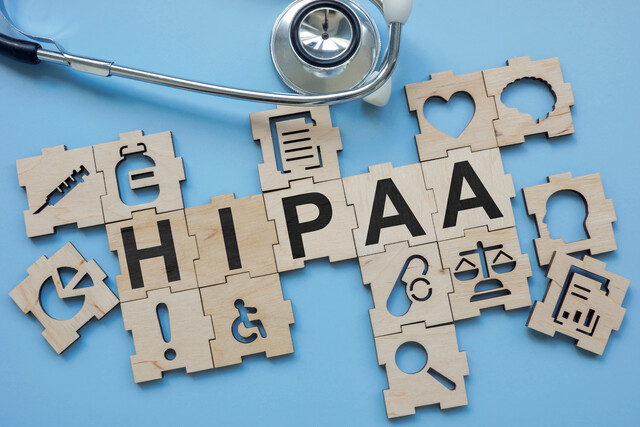 6 hours
0.6 CEUs
HIPAA Compliance 101
+ More Info
6 hours
0.6 CEUs
HIPAA Compliance 101
+ More Info
-
 5 hours
0.5 CEUs
Depression Management
+ More Info
5 hours
0.5 CEUs
Depression Management
+ More Info
-
 2 hours
0.2 CEUs
Careers in Healthcare
+ More Info
2 hours
0.2 CEUs
Careers in Healthcare
+ More Info
-
 10 hours
1.0 CEUs
Autism 101
+ More Info
10 hours
1.0 CEUs
Autism 101
+ More Info
-
 6 hours
0.6 CEUs
Advocacy for Elderly Patients
+ More Info
6 hours
0.6 CEUs
Advocacy for Elderly Patients
+ More Info
-
 17 hours
1.7 CEUs
ICD-10: Medical Coding
+ More Info
17 hours
1.7 CEUs
ICD-10: Medical Coding
+ More Info
-
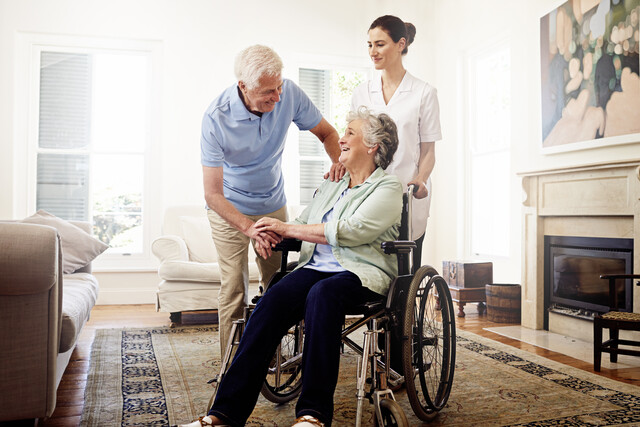 5 hours
0.5 CEUs
Aging and Long Term Care
+ More Info
5 hours
0.5 CEUs
Aging and Long Term Care
+ More Info
-
 17 hours
1.7 CEUs
Medical Terminology 201
+ More Info
17 hours
1.7 CEUs
Medical Terminology 201
+ More Info
-
 5 hours
0.5 CEUs
End of Life Care
+ More Info
5 hours
0.5 CEUs
End of Life Care
+ More Info





